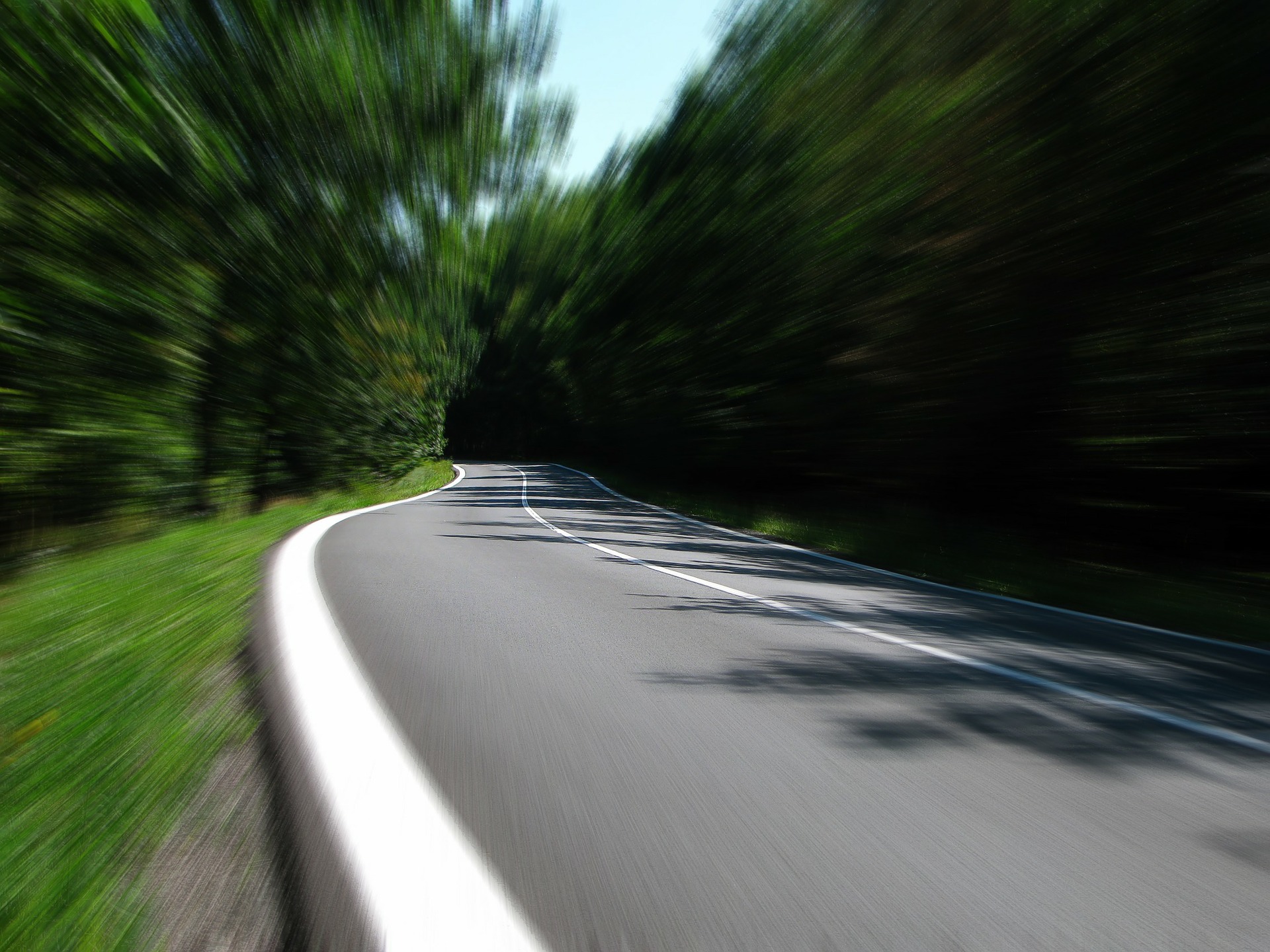Road Paints are Destination Pointers "EAGACRYL 6050"

An Increasing Investment is witnessed in Intelligent Road Marking
Increased spending on infrastructural development for constructing new highways and focus on repair and maintenance operations are expected to be the key driving factors for the global market. The industry is not only associated with new road construction activities but also with existing maintenance businesses, which drives the demand for repainting.
An important feature of road-marking paints is the speed at which they dry after application, since this dictates the level of disruption required to road traffic in order to be able to apply them. Such paints have traditionally been based on resins dissolved in organic solvents. Besides being pricey and potentially polluting to the environment, rapid evaporation exposes workers to potential health hazards. Because of this, the development of more environmentally friendly road-markings is desired.
EAGLE CHEMICALS is glad to take part of this dynamic market by presenting its chemical solutions
Thermoplastic Acrylics:
AC-EAGLE (TP60X60)60% / AC-EAGLE (TP60T60)60%
• With extreme fast drying
• Good Adhesion to Asphalt
Water Based Emulsions:
EAGACRYL–6050
• ECO Friendly
• APEO Free
• Excellent Durability
Short Air Drying Alkyds:
SDA-EAGLE (SX35-18/50)60% / SDA-EAGLE (SX35-46/50)60%
• Extreme Hardness
• Chain Stopped
Cold Plastic:
EAGACOLD-237
• Permanent Elasticity
• Resistant to Road Salts & Fuel
We Shall Fasten Our Eyes On EAGACRYL 6050 which is an all-acrylic resin, 100% pure acrylic, to promote a non-yellowing appearance after prolonged exposure to UV radiation. By taking a closer look the EAGACRYL 6050 appears to be an
• Environment Friendly paints. Low VOC and APEO Free.
• Early Wash-Off Resistance
• High Speed Drying Time (Less time to release the traffic after application)
• Good Adhesion to road surfaces
• Good Dirt Pick-Up Resistance
Tip of an Expert
How should I prepare my surface before applying traffic paint?
Remember, proper surface preparation is the most critical factor in assuring a quality paint job. Your surface must be clean, dry, and free of contaminants that may interfere with the adhesion properties of your paint. Loose or chipped surfaces may require additional treatment, sometimes in the form of high-pressure air, before paint application to ensure long-term paint adhesion.

 View All
View All